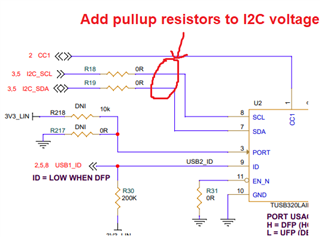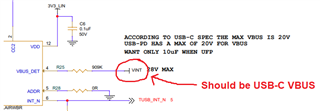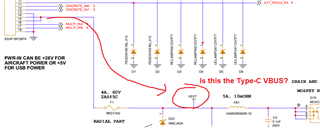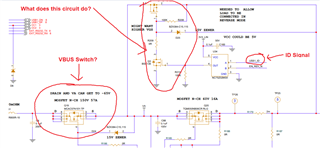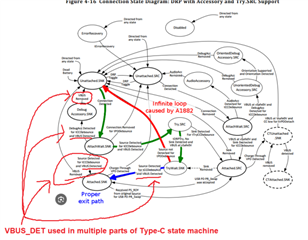Other Parts Discussed in Thread: BQ25756, LM74930, TUSB320
Tool/software:
Hello,
I am posting 2 pages from a schematic design that uses a TUSB320LA along with a BQ25756 and a LM74930.
I would greatly appreciate a detailed review on whatever portion is appropriate.
Thanks,


